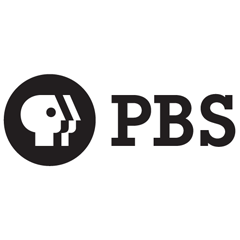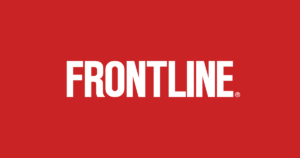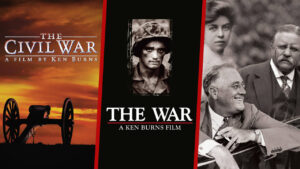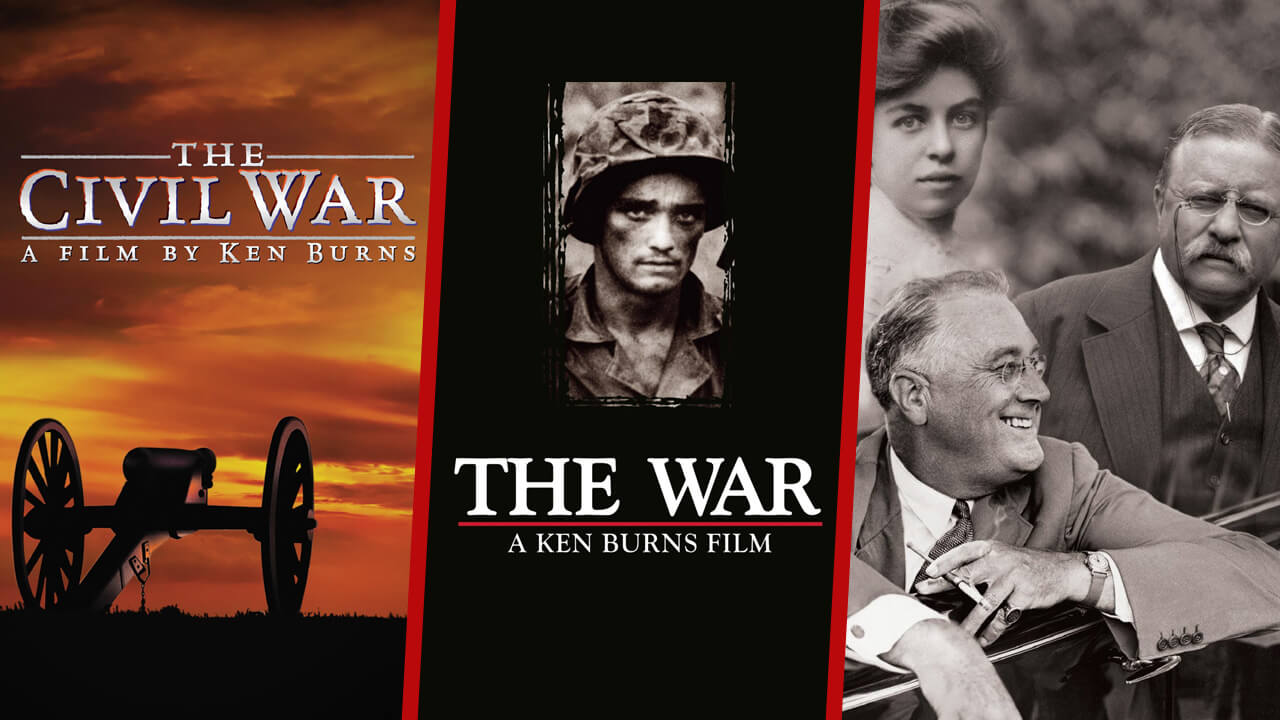A New Documentary Channel from PBS
Posted on July 29, 2020 at 10:53 am

For 50 years, PBS has been America’s trusted home for documentaries. The PBS Documentaries Prime Video Channel is another way for curious viewers to access PBS content outside the PBS Video App.
The PBS Documentaries Prime Video Channel will include a robust library of critically acclaimed, thought-provoking programs including the entire Ken Burns collection as well as films from NOVA, FRONTLINE, AMERICAN MASTERS, NATURE, AMERICAN EXPERIENCE, INDEPENDENT LENS, POV and many independent producers. Subscribers will be able to explore various topics or take an in-depth look at the people, traditions and events that mold our world—all carefully curated for “viewers like you” by America’s most trusted home of documentaries: PBS
“PBS is the leader of high-quality, compelling nonfiction entertainment, and the PBS Documentaries Prime Video Channel is a natural addition to our current streaming offering on Prime Video Channels—PBS MASTERPIECE, PBS LIVING AND PBS KIDS. This channel will not only help bring engaging stories about life in all corners of our country to a new audience, it will provide needed revenues to sustain public broadcasting’s public-private partnership model for the benefit of all stations and the communities they serve,” says Andrea Downing, Co-President of PBS Distribution.

“FRONTLINE was founded on the belief that longform documentaries could inform, educate and inspire public television’s audiences — and during these historic times, deeply reported and easily accessible journalism is invaluable,” says FRONTLINE Executive Producer Raney Aronson-Rath. “Through this new Channel, we’re excited to see our documentaries reach new and existing streaming audiences.”
At launch, the channel will feature nearly 1,000 hours of award-winning programming for subscribers to enjoy, including Ken Burns’s landmark series THE CIVIL WAR and COUNTRY MUSIC, Stanley Nelson’s THE BLACK PANTHERS: VANGUARD OF THE REVOLUTION, and Academy Award-Nominated films like FRONTLINE “For Sama” and AMERICAN EXPERIENCE “Last Days in Vietnam.”
Stanley Nelson comments, “I’m thrilled to see that my work will find a new home on this channel. PBS has become a premier destination for documentary programming in the U.S. and has been hugely invested in giving films by diverse storytellers and emerging filmmakers much-needed national exposure. I’m so glad that my film on the Black Panther Party, which can inform communities in our current historical moment, will be able to reach different audiences on this new service.”
The subscription rate for the PBS Documentaries Prime Video Channel is $3.99/month with an Amazon Prime or Prime Video subscription via Prime Video Channels and is available in the US only. Every purchase helps support public television for all.
The entire Ken Burns collection will also be available via PBS Passport, a member benefit available within the PBS Video App that gives viewers extended access to high-quality content. The PBS Passport library is also full of public television’s acclaimed drama, arts, science, history and lifestyle programs (contact your local PBS station for details).
The PBS Documentaries Prime Video Channel is a subscription video on demand channel exclusive to Amazon launching August 2020. This new streaming channel will feature nearly 900 hours of the highest quality factual programming, including the full catalog of films from Ken Burns and award-winning documentaries from NOVA, FRONTLINE, AMERICAN MASTERS, NATURE and AMERICAN EXPERIENCE, in addition to programming from other independent producers.

